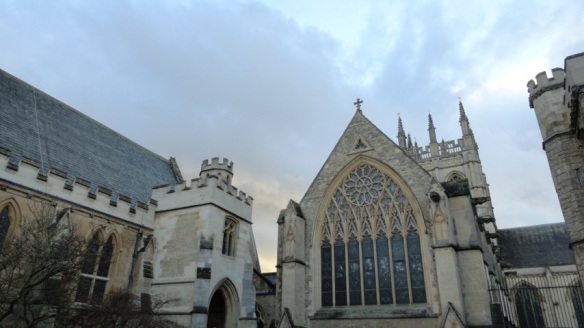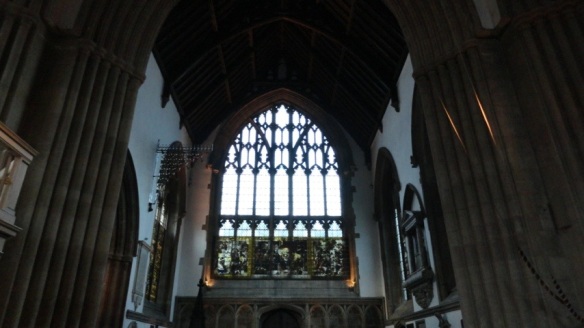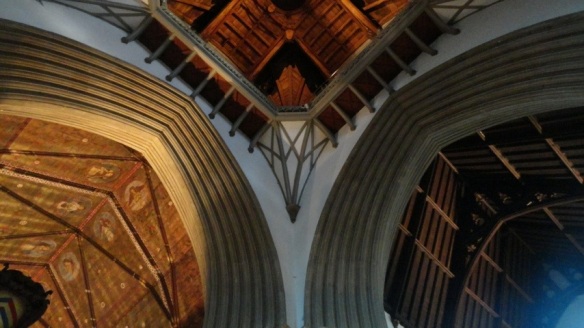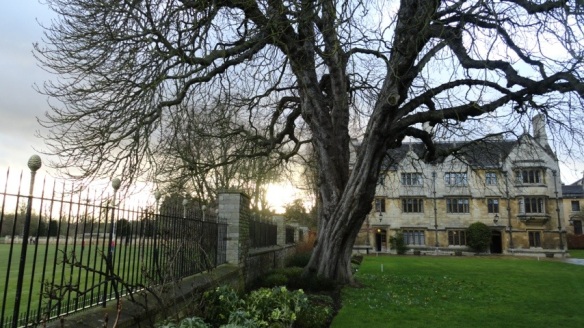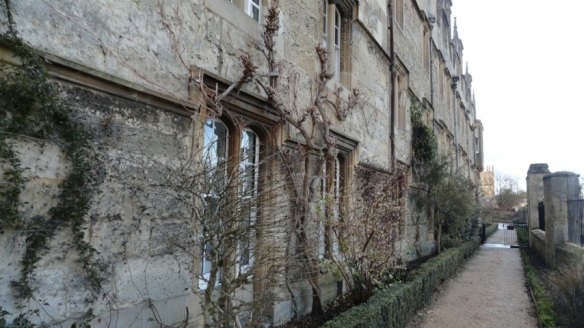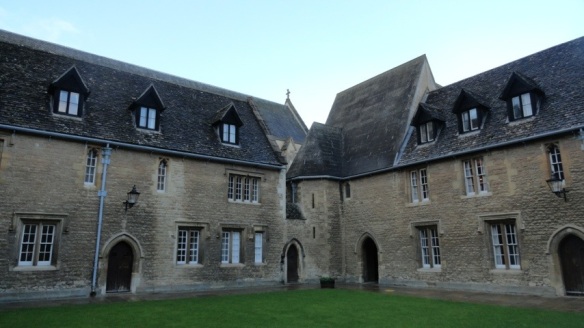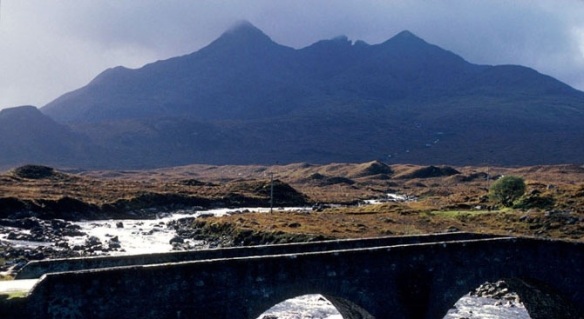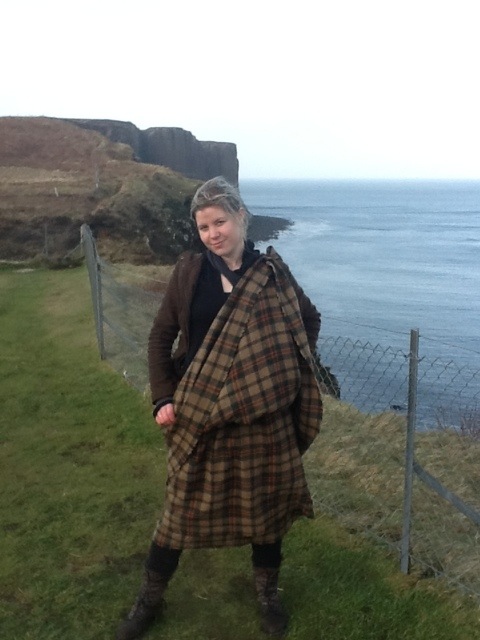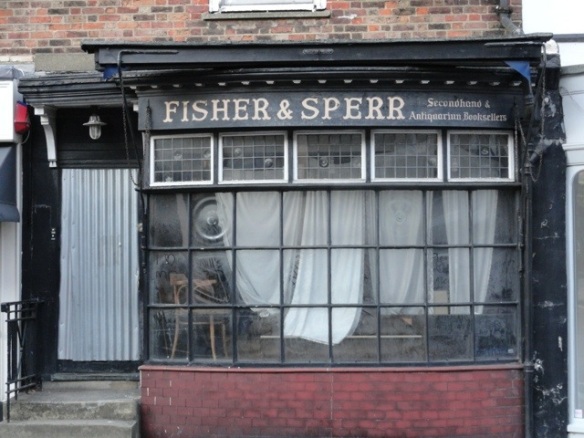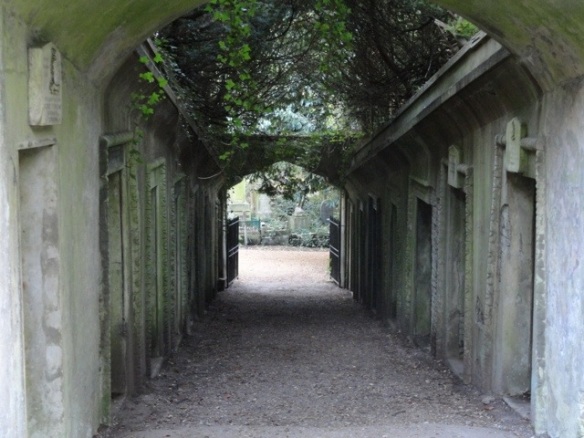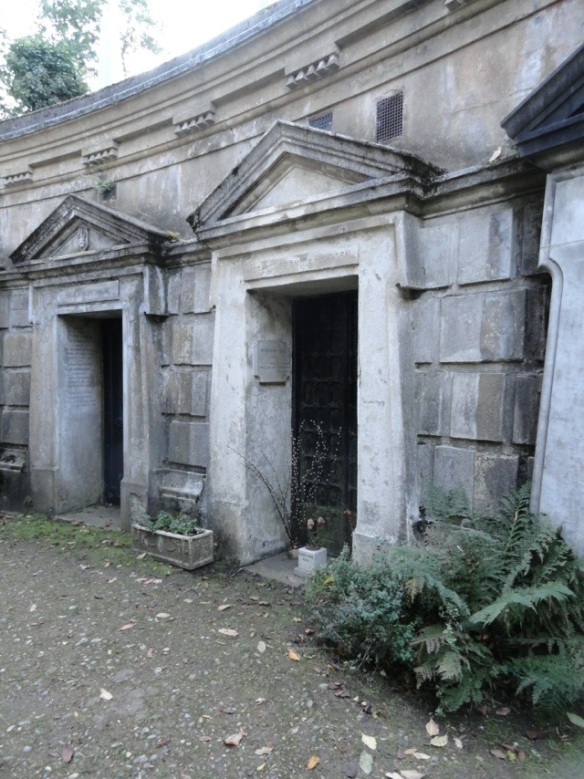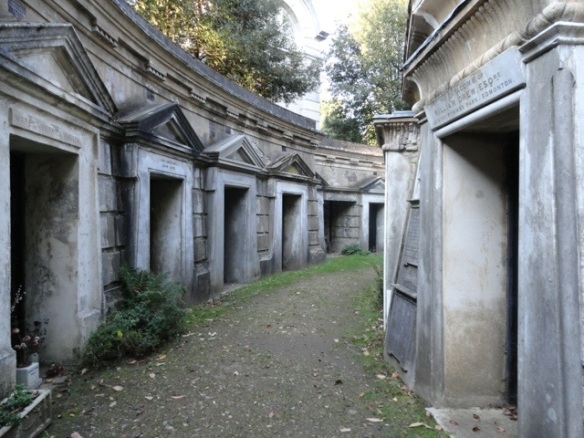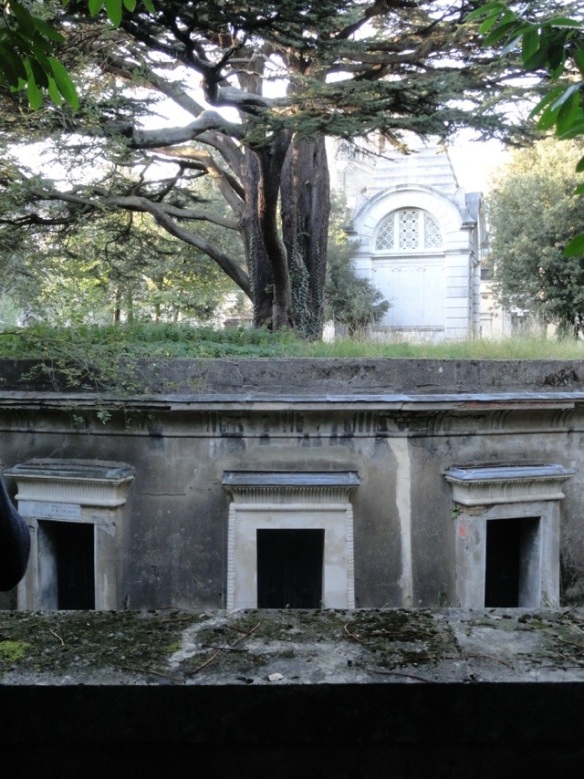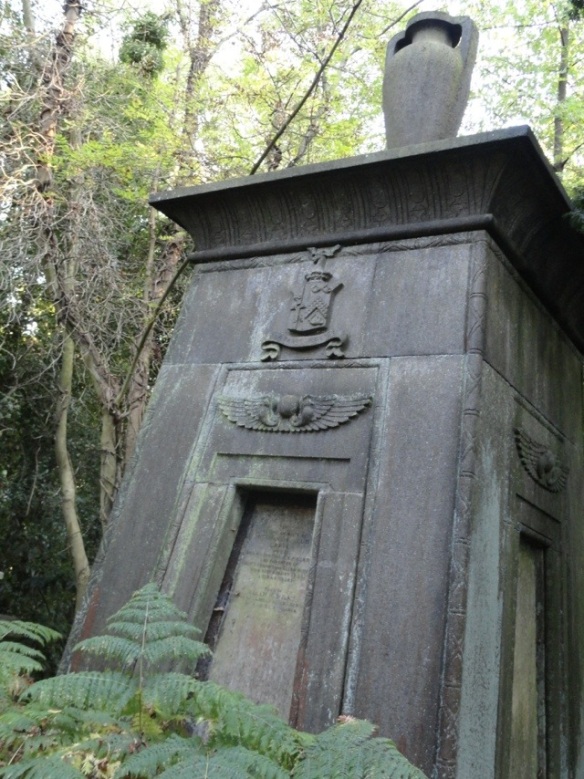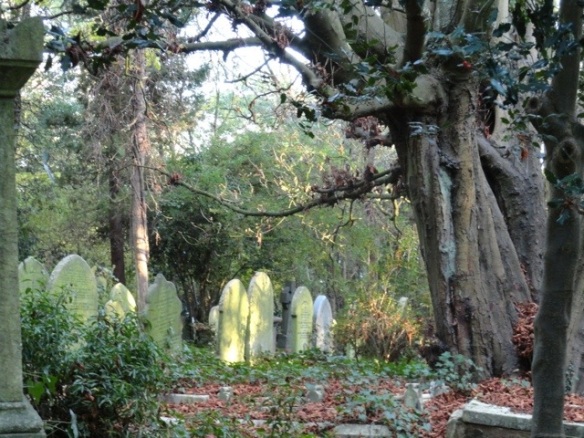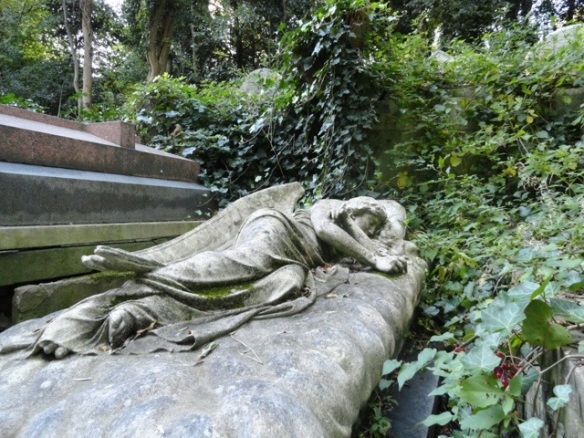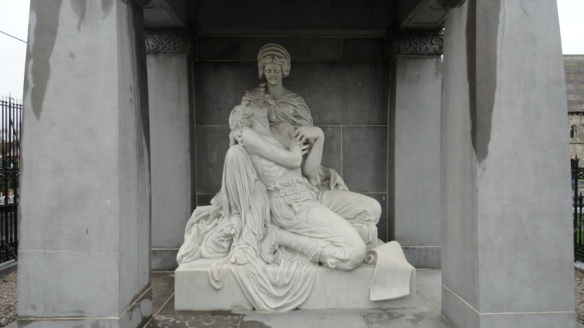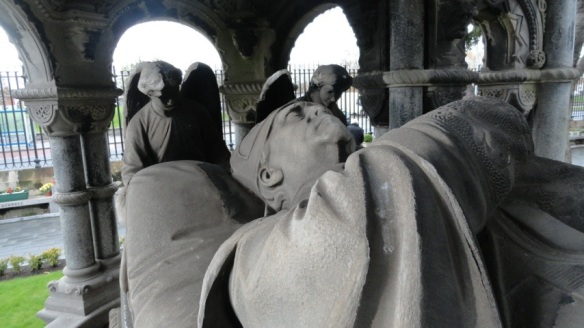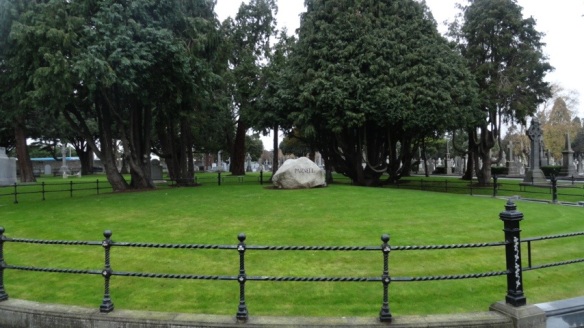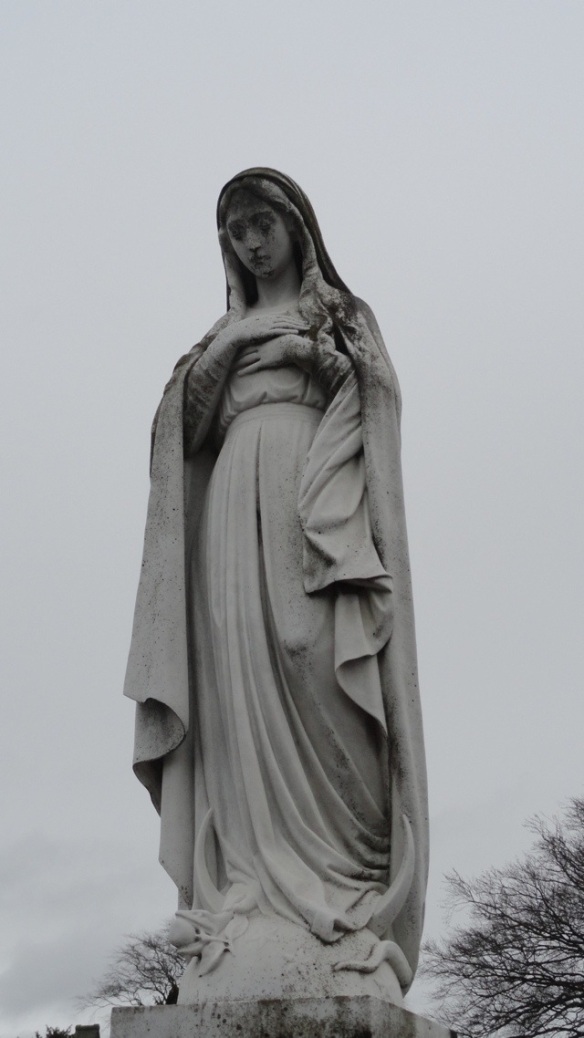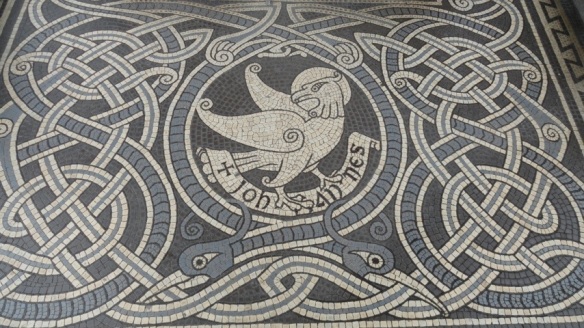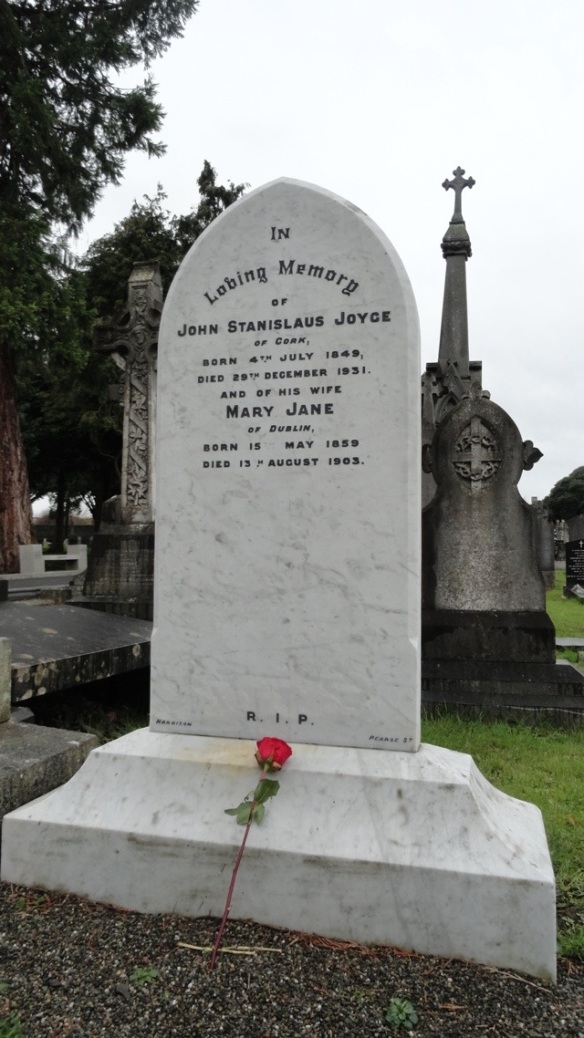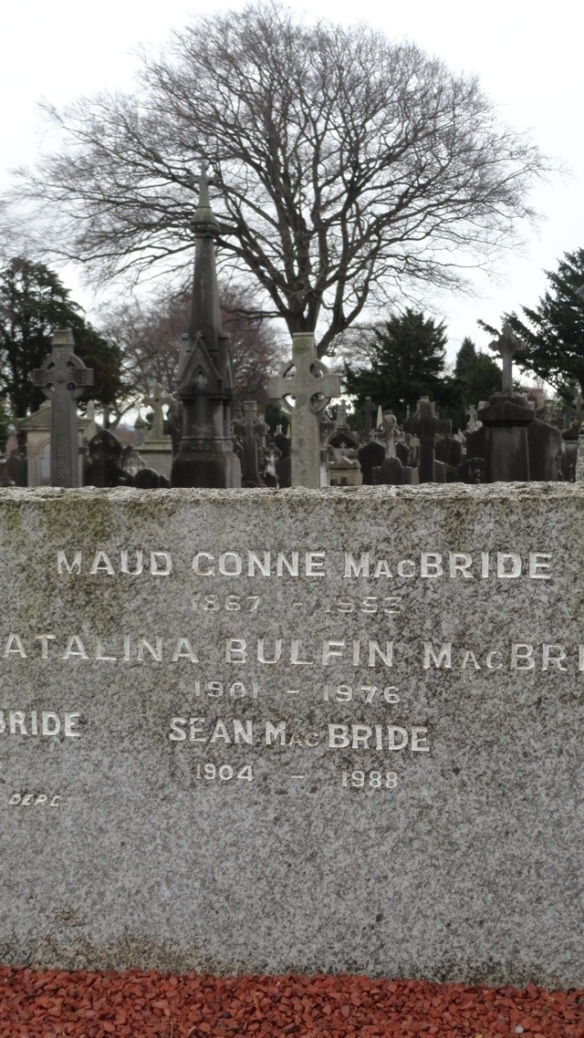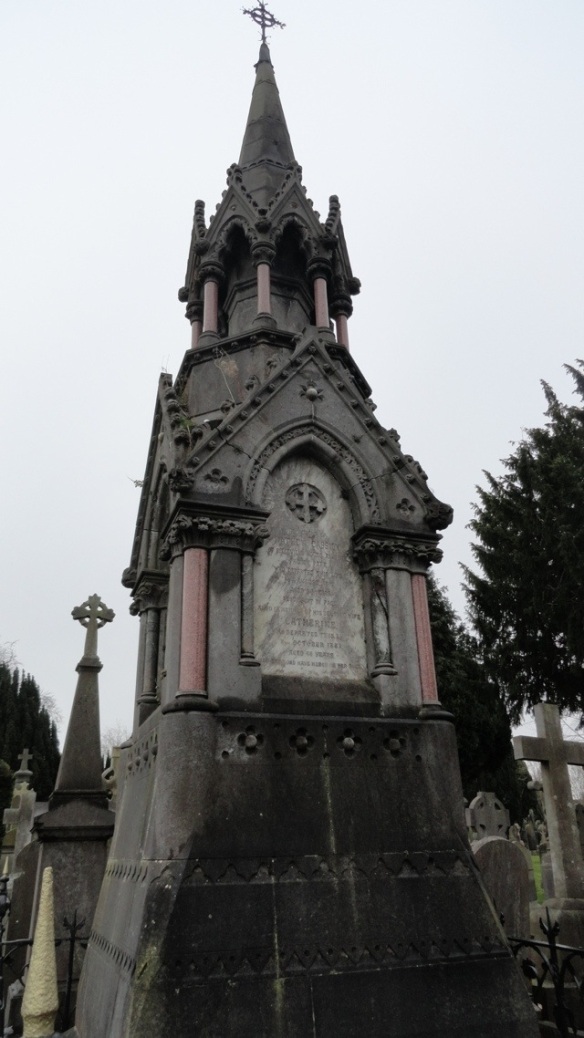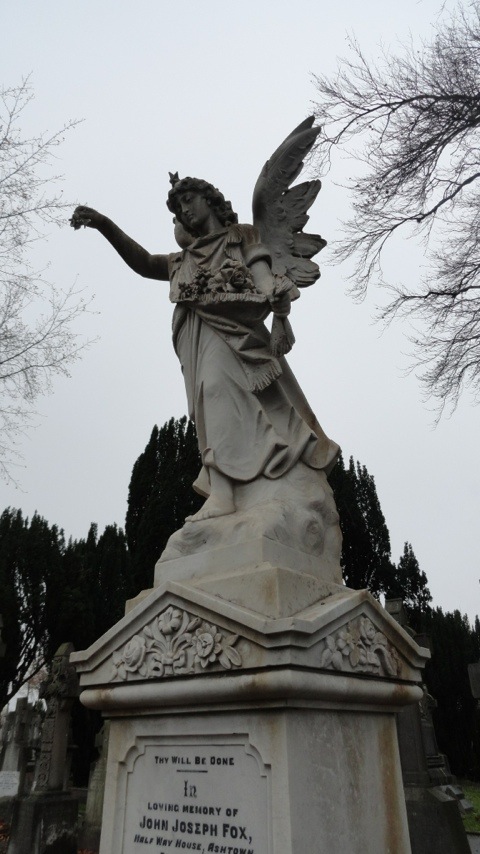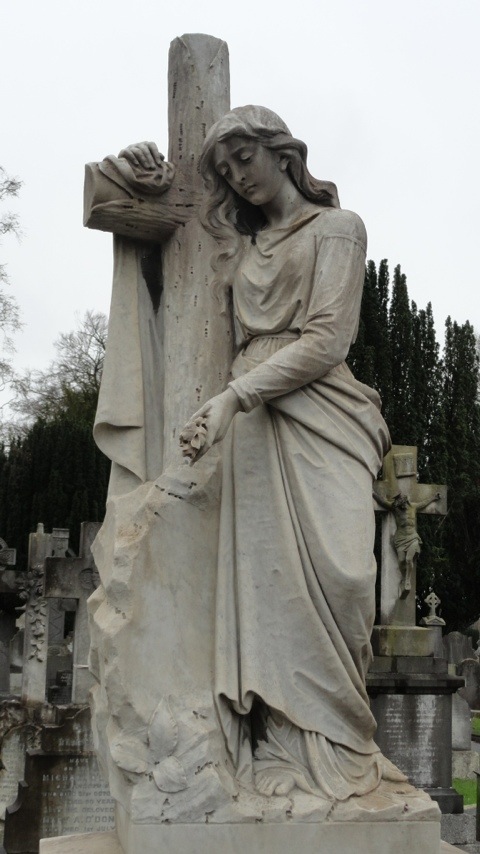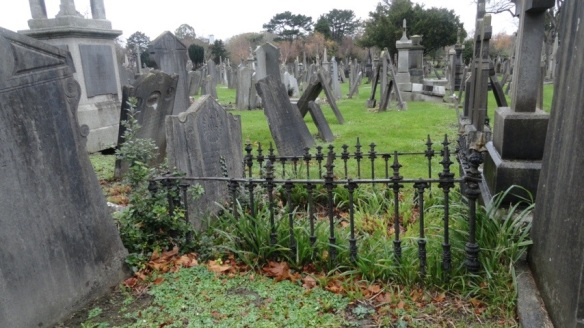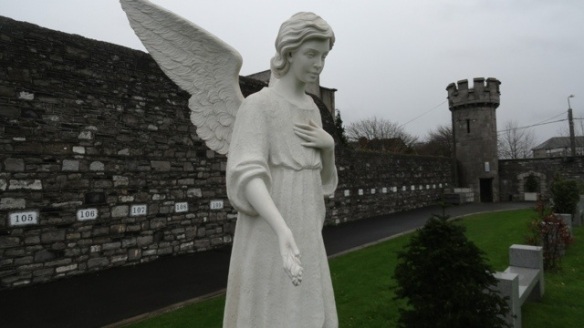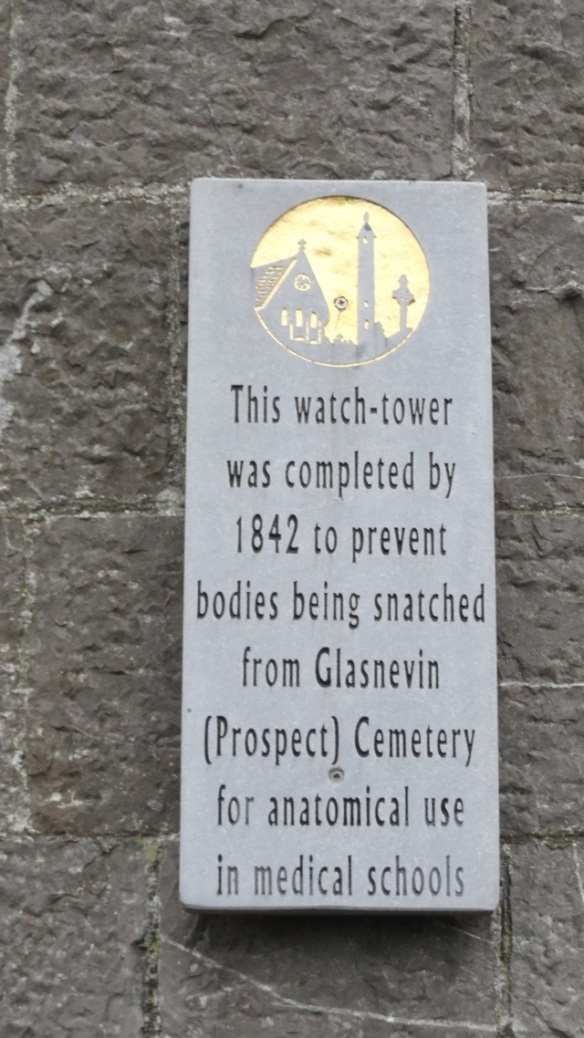(Delayed post)
Bath
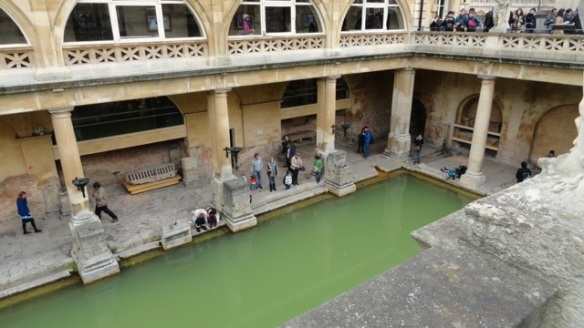
A week ago we took three busses and two trains to get from the twee Welsh village of Llandissillio to Bath, England. Bath is the original tourist town, populated with gorgeous Georgian architecture and aristocracy from Jane Austin times, Medieval cure-all entrepreneurs before that, Romans before that, and before them, according to legend, King Lear’s uncle.
After a mind-numbing day of travel and the critical introduction to Mary Wollestonecraft Shelley’s *The Last Man,* we arrived in Bath at nightfall. The hostel we stayed in -St Christopher’s Inn, had a white staircase leading up three storeys with each flight of stairs smaller and narrower than the last, so that I felt like Alice in Wonderland by the time I arrived at the top. Petite French and Asian girls completed the Illusion. The architecture was uniformly beautiful, as expected, but unexpectedly so was the smell! As a tourist town for the moneyed up and coming, with a centuries-long reputation to uphold, Bath is brimming with cafes and restaurants, delis and even one Cheesemonger. You would love this town, Martin! The other tourists here are idiots like tourist throngs the world over, but here they’re idiots in the sense of the £500 cuff links we saw for sale. Anyway, we walked around and saw enough fantastic looking eateries that you could have every meal for a week at a different one and not run out of top-notch stuff. I saw the first specialty coffee maker’s since leaving Melbourne, which I dragged Daniel into both days. They offer three -or maybe six- different blends every day, in very cool surrounds and nice cups, and actively frown upon the use of sugar.
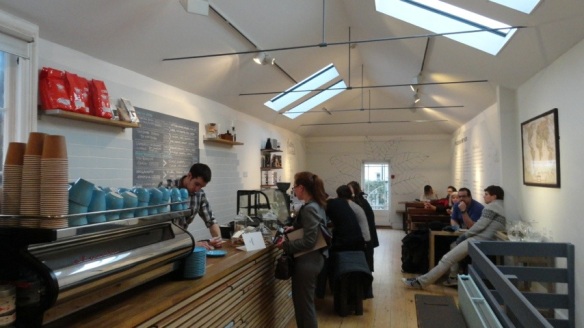
There were soap and perfume stores calling to my vanity and my purse, but swiftly shrinking as that is, I didn’t indulge. I even saw a Lush! It’s silly and capitalist, probably, but seeing branded stores like Vodafone and Lush, which I used to see in Melbourne, give me the warm and fuzzies just a little. Also we saw fire twirlers in Queen Square; I miss fire twirling.
The first morning we took a free walking tour, during which the guide forgot what he was rambling on about at least four times and mentioned something he saw on morning tellie about Australia in 1983. But we got to see Royal Crescent (below), and found out that John Cleese lives in one of these with his Mini parked out front.
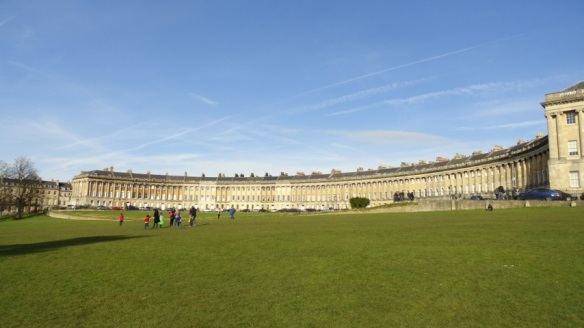
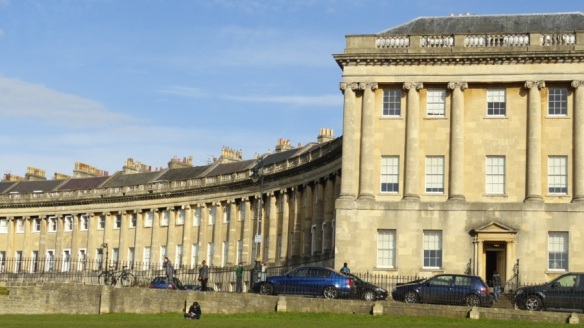
After this we were all set to go for a dip in the Roman Baths, but- how disappointing; they’re not for use anymore due to being priceless ancient relics. There is a modern swimming pool running off the same hot springs, but it costs for two hours the same as two nights’ accommodation, so we were priced out of the upper class lifestyle there. We did, of course, pay to get into the original baths, even if I only got to put my hand in the water.
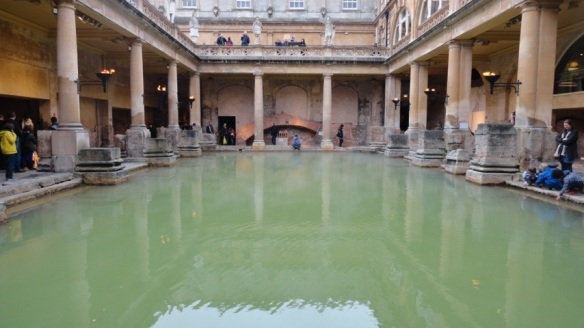
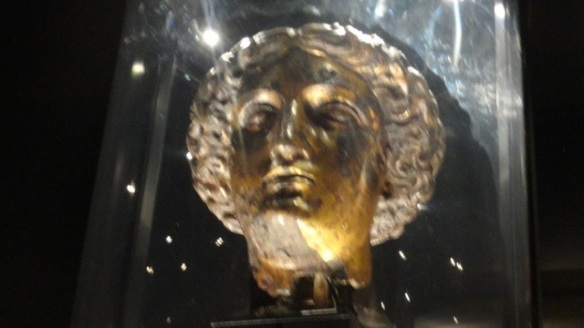
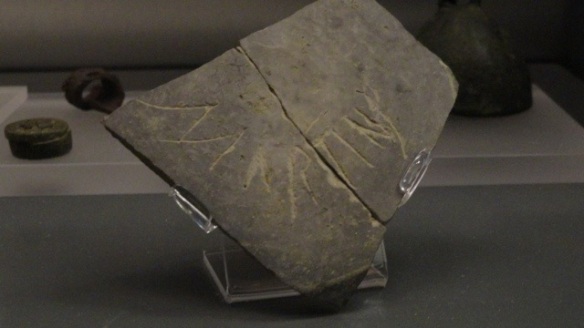
-the head is Roman, after the goddess Minerva who was associated with the holy spring,
and the stone shows a Roman name carved into it: can you read it?-
Then we sat in some city parks, and we walked down to the river Avon via the very cool Tulpenny bridge. On the way home we passed the enormous gothic Abbey in the centre of town, and despite the abbey being dark and closed someone was raging on the organ (I think it must have been practice for an approaching Bach concert). Even from outside with nary a door ajar, the sound was incredible, and I stood staring up rapturously at the vaulted windows.
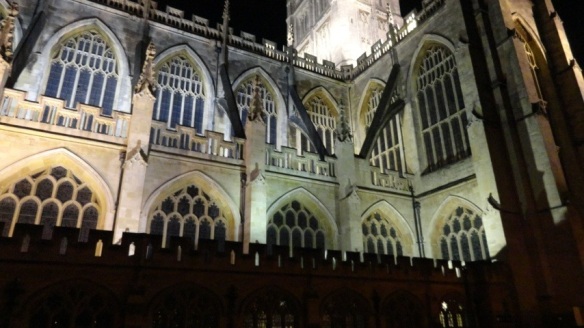
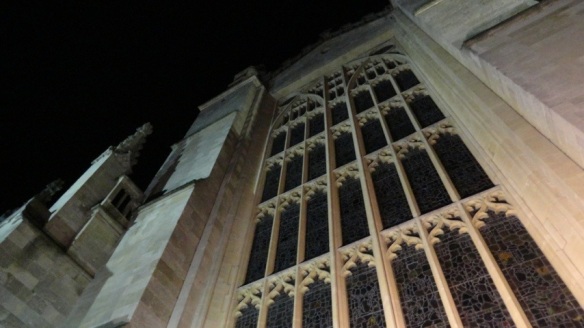
The next day we went into (and quickly out of again) the Jane Austen centre, I FINALLY bought a uk sim card and promptly called my grateful mama, and we visited the humble but interesting William Herschel museum of astronomy, in the house where Herschel lived in the early 1800s. Herschel was the proverbial star-gazing professional musician, but found that the telescopes he could buy were not good enough, so began to make his own. He made dozens, discovered Uranus and some comets, and became the astronomer-to-the-king. Bee-tee-dubs: did you know the Georgian period refers to a time in English history when four king Georges in a row ruled? (between 1720 and 1840) There was supposed to be a king Frederick in the middle, but an act of God prevented him from kingship and from mucking up the nice order.
And then we caught the bus to Oxford…
Oxford
Dumped our bags and went out to grab a burrito. On the way there we passed the “FACULTY OF HISTORY” building and I nearly fell over a bike chained to the fence. We sat facing the windows and Oxford really is choc-full of professors. They’re everywhere in the streets, and fly down the roads on their bikes with their wizard beards and burberrys trailing in the wind.
The next day we went on another free tour, but this one rocked. The tour guide was younger than me, if you can believe it, and a Townie. He took us around some of the colleges like Balliol, Trinity, Christ Church, Rhodes and Merton Hall, through to the Radcliffe Camera, the Balliol Library and the menacing Examination hall.
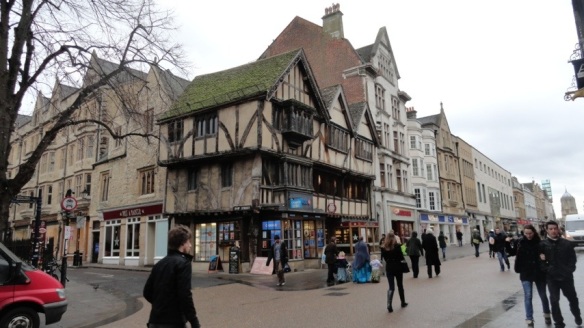
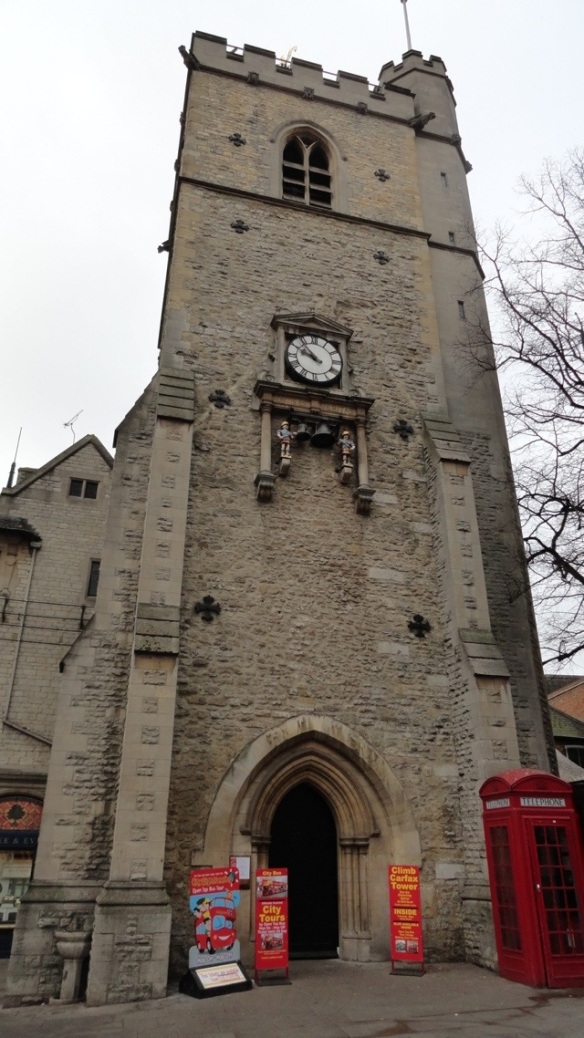
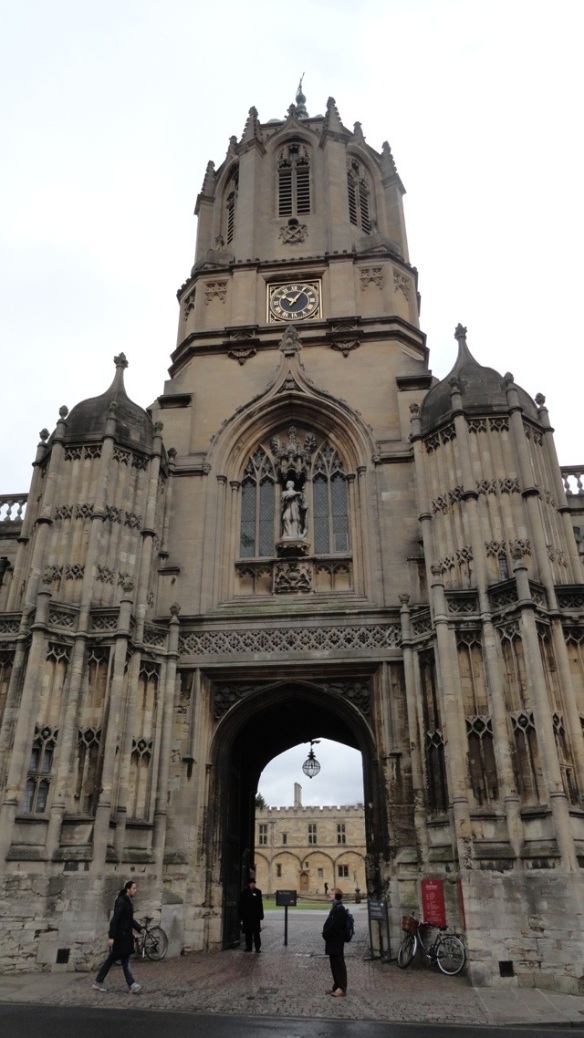
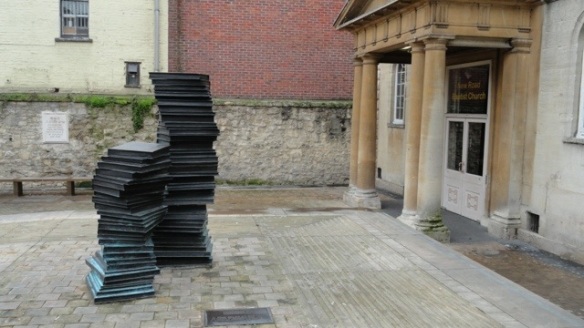
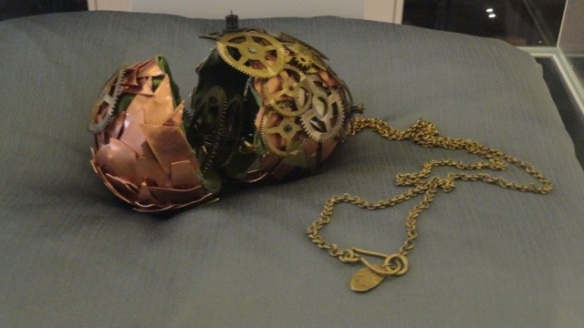
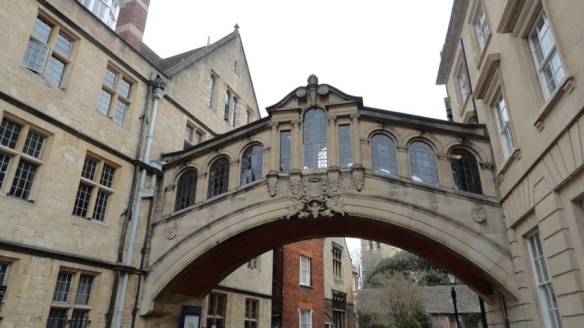
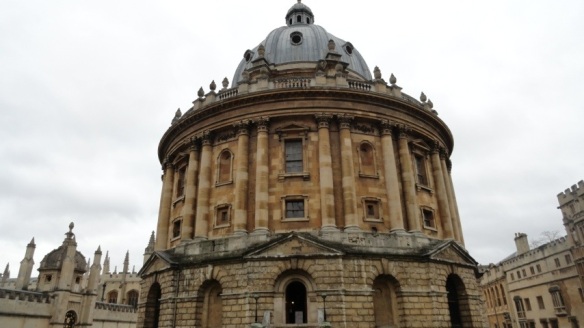
He pointed out Blackwell’s Bookstore, whose three joined shop fronts are impressive enough, and informed us that beneath all of these -and indeed the road we were standing on- is the Guinness World Record’s largest single room selling books. I bought *Lyra’s Oxford* by Phillip Pulman, and then found the lit crit section and swapped it for Tom Shippey’s *J R R Tolkien: Author of the Century*. Tolkien lived and taught in Oxford, and we bought tickets into his old college of Merton for a snoop. The chapel was neck-braking and serenely empty, paved with ancient tiles set between gravestones from the sixteenth century.
On the way home we found an enormous installation of the sawn stumps and felled root systems of 40 meter old growth trees from African rain forest. The exhibition was in Trafalgar square and Copenhagen previously, and is called Ghost Forest. I remember reading that the artist Angela told an old Oxford artist friend about her plans before hand and he said “it can’t be done; Don’t try.” at the time, he was installing a seven foot bronze of himself, naked, on the roof of his own college.
